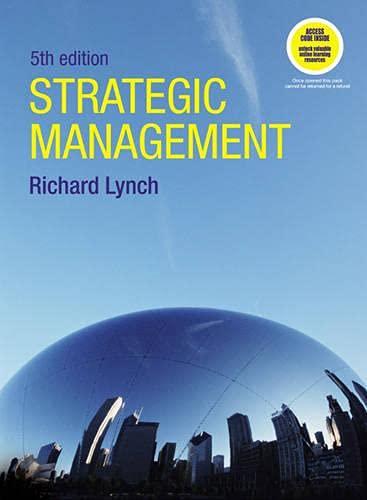Question
Joseph Pitt Hyde III, 70, knew nothing about cars. But after turning his grandfather's company, Malone & Hyde, into the nation's third-largest wholesale food distributor,
Joseph Pitt Hyde III, 70, knew nothing about cars. But after turning his grandfather's company, Malone & Hyde, into the nation's third-largest wholesale food distributor, he figured there was money to be made under the hood. Touting low everyday prices (a strategy he learned from serving on the board of Walmart), he founded AutoZone, which is now the nation's largest retail auto parts chain. I was born in Memphis and grew up here. My grandfather started Malone & Hyde, a wholesale food distributor, in 1907. He ran it, my father ran it, and I ran it. From the time I was 4 or 5, my grandfather would take me to visit the stores, and my father always discussed the big decisions being made with me. I was always told that I had the opportunity to run Malone & Hyde, and the obligation to do it better than my grandfather and father did. I never knew I had a choice. After I graduated from the University of North Carolina with an economics degree, my father grew ill. So, in 1968, at 26, I had to take over. It was the ultimate baptism by fire. Most of the people reporting to me were twice my age. That year, we had $240 million in sales. Fortunately, I was able to continue to grow the company. In the mid-1970s I had concerns about the long-term outlook and looked for areas to diversify into. We had a successful drug chain [called Super D] and felt comfortable with specialty retailing. So, when this small company, Checker Auto Parts in Phoenix, came up for sale, I checked it out. I saw how it was growing with auto parts geared to the do-it-yourself market. We passed, and Lucky Supermarkets bought it. We started looking at chains like Pep Boys. I could see the auto parts business was growing rapidly and wasn't as price sensitive as food. I didn't see anyone doing a superior job of customer service, and most were not well kept. I thought we could bring a lot to the table. We decided to start a company from scratch. We opened our first store in Forrest City, Arkansas, on July 4, 1979, and called it Auto Shack. We changed the name after we were sued by RadioShack [for trademark infringement]. Auto Shack initially won the lawsuit, but RadioShack successfully appealed. Rather than fight it, we changed the name to AutoZone. In 1988 we sold Malone & Hyde, which by then had $3.3 billion in sales. We had set up AutoZone in its own corporate structure, so when we sold the base business, I kept AutoZone. I'd never been a do-it-yourselfer and didn't know the auto parts business, but I knew there was an opportunity. We worked on small margins and were very tight operators, so that discipline helped us through as we learned the business. We started with four stores and were the first auto parts store with electronic catalogues, so customers could instantly look up parts and warranty information. Our objective was to build a culture around superior customer service, and to have everyday low prices in good-looking stores. In 1991 we went public, and the competition saw how well we were doing. They started copying our store layout and pricing. But none of them could copy our culture. Today we have 5,000 stores. When you're running a big business, you spend 80% of the time addressing small things and 20% on the big things that really make a difference. It took me 35 years to figure out if you spend 80% of the time on the big things, and 20% on the small things, life will be much more meaningful. Money is a small part of the equation for success. Sweat equity is what makes things work.
QUESTIONS
Q1. Briefly describe AutoZone's strategy in two sentences. (1 Mark)
Q2. Based on Michael Porter's discussion of the characteristics of an effective strategy, does AutoZone have a good strategy for growth? Explain. (2 Marks)
Q3. To what extent is AutoZone following the five steps of the strategic-management process? (2 Marks)
Q4. Conduct a SWOT analysis of AutoZone's current reality and recommend whether the company's current strategy is poised to succeed. (3 Marks)
Q5. Which of Michael Porter's four competitive strategies is AutoZone trying to follow? Discuss briefly. (2 Marks)
Step by Step Solution
There are 3 Steps involved in it
Step: 1

Get Instant Access to Expert-Tailored Solutions
See step-by-step solutions with expert insights and AI powered tools for academic success
Step: 2

Step: 3

Ace Your Homework with AI
Get the answers you need in no time with our AI-driven, step-by-step assistance
Get Started


